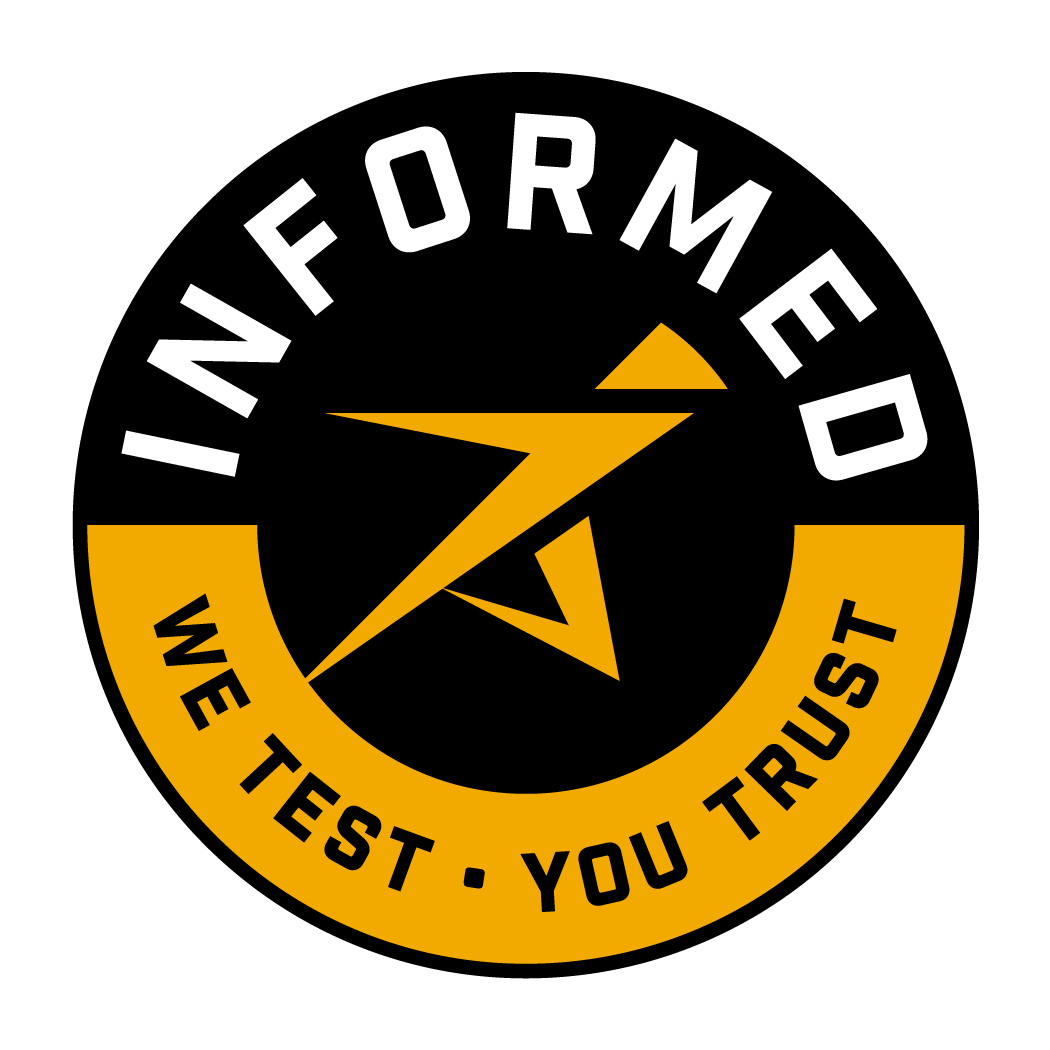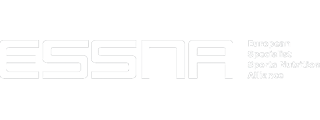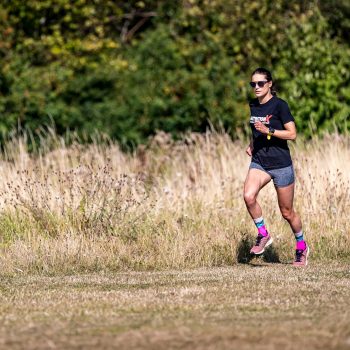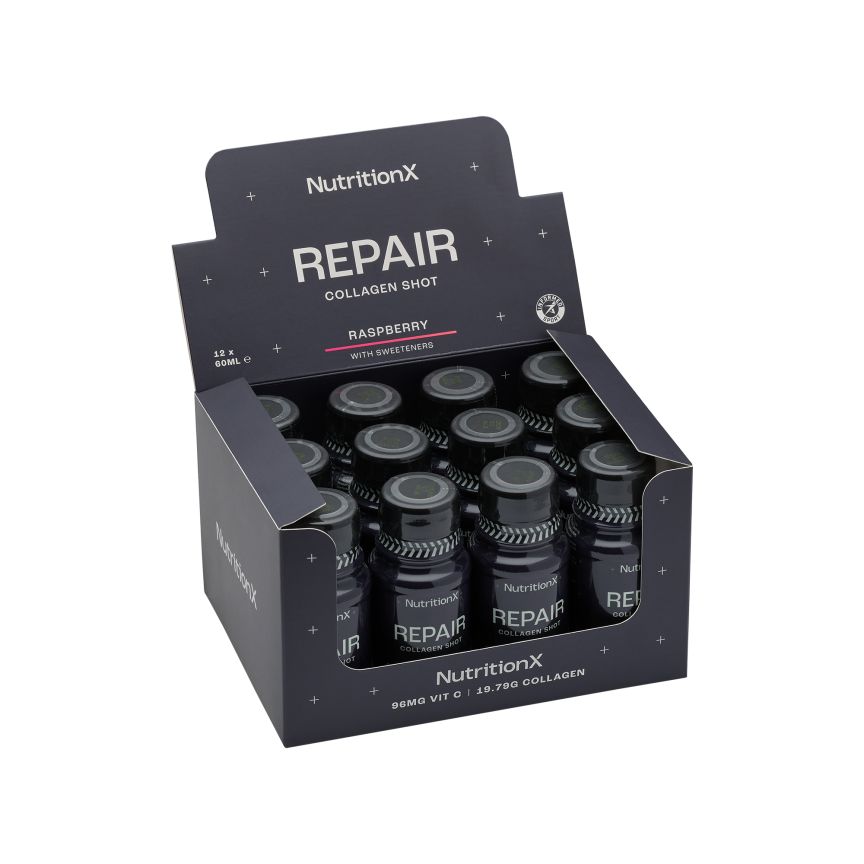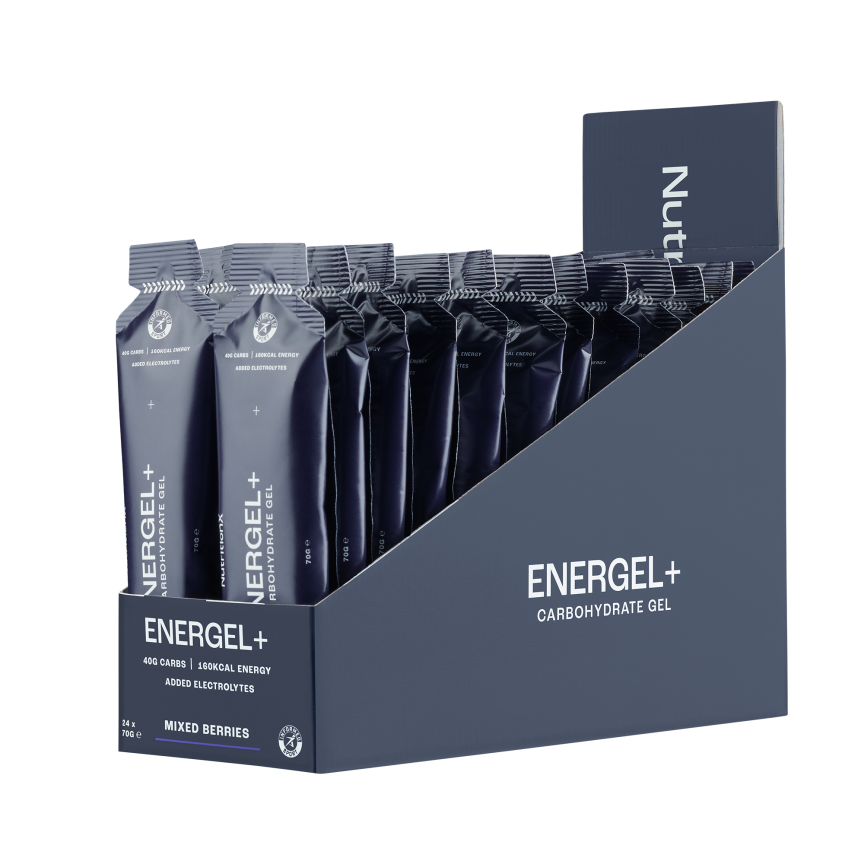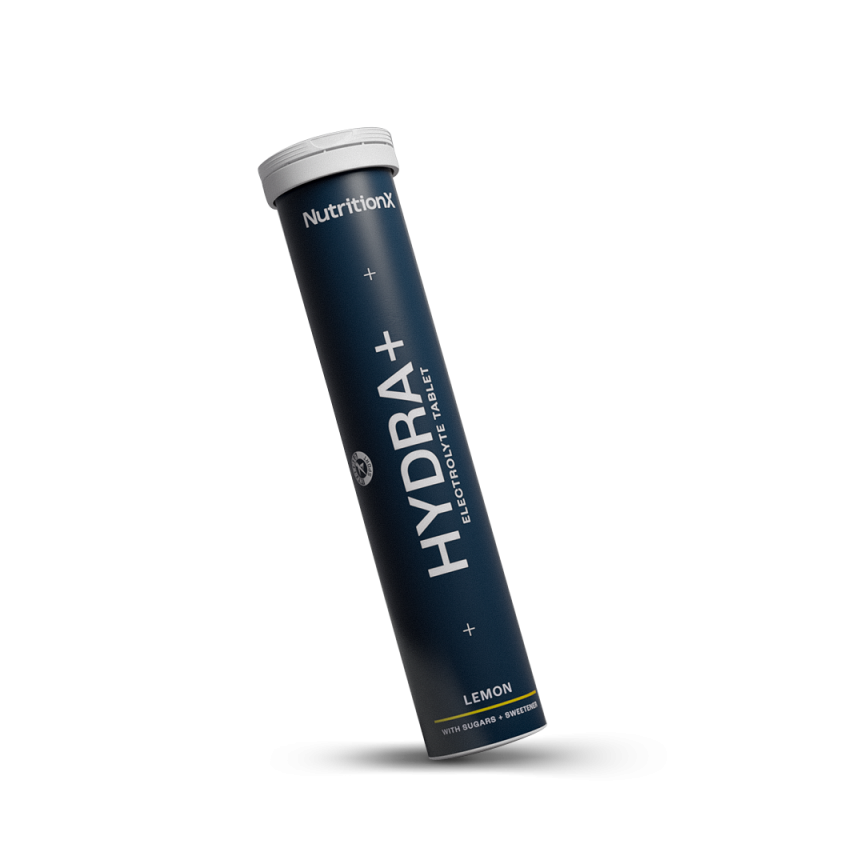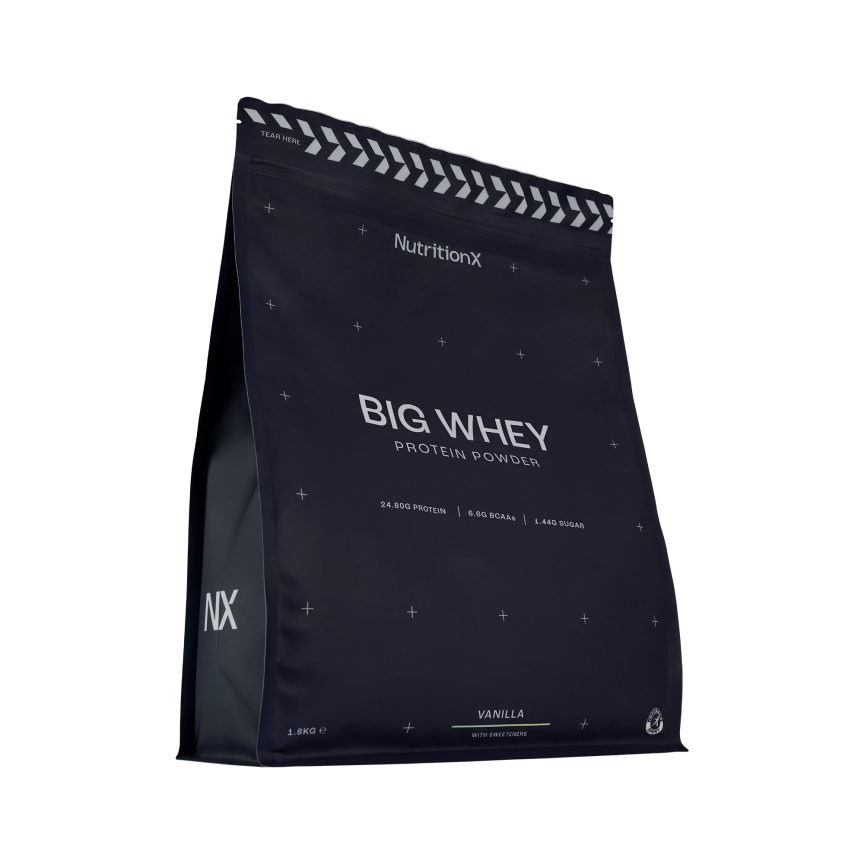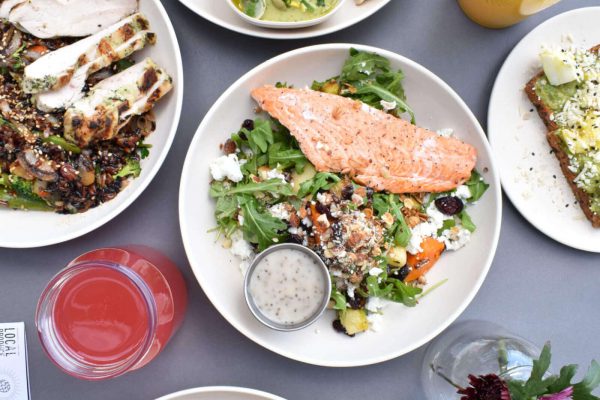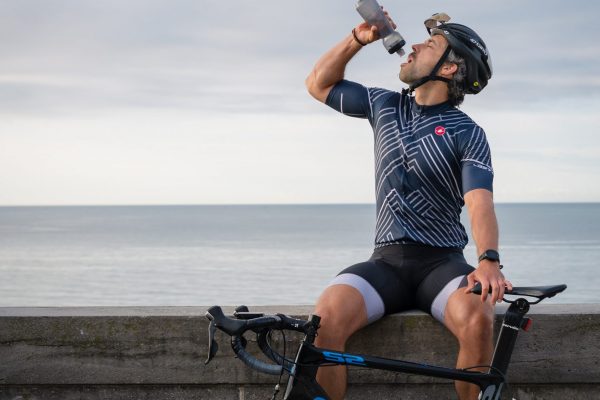Last year, former professional triathlete Alice Hector made the decision to leave triathlons for good and focus instead on ultra; a long-time passion of hers. As a Nutrition X ambassador, we caught up with Alice about why she made the switch and how she's finding the change...
Why I Made the Switch from Triathlon to Ultra
I gained some good experience of ultra running in 2010 to 2012 (working up the distance ladder from 50km to 50 miles to 100km and 100miles) and loved it - well, at least up to mile 80, so I knew what I was getting into!
Shortly after that stint, in 2013, I knew time was limited if I wanted a shot at being a pro triathlete, so I restarted triathlon with a view to doing it until I stopped enjoying it or age slowed me down. Come 2019 I stopped enjoying it – such is the level of obsession and intensity required (often 3 sessions per day) – and I had achieved everything I’d set out to do. The switch back to ultra was always the next step. All being well, there is less of an age-based performance window, and you have runners in their 50’s and 60’s setting records and achieving mind-boggling feats of endurance, so at 38, I feel the timing is spot on.
How Training Has Changed
Despite the long events, ultra running is generally less time-intensive than triathlon as the non-impact swim and bike in triathlon means there is potentially endless training volume to get through! Running by nature is more damaging so naturally requires more downtime, but with the remedial work and cross-training, I’m still fairly busy.
This year I’ve barely touched speedwork as I try to tweak up the volume. With the absence of races for a few months, I did a couple of ultra distance challenges of my own recently: 1 very hilly 50km with a friend and a solo 50 miles on the Thames Path. It’s all about conditioning at the moment, allowing the body time to recover whilst it adapts to the new stressors upon it. So running this year has been very ‘on’ or ‘off’ as I do big runs, then have to take around 2 weeks off to let the legs absorb the work. I use swimming and cycling to recover currently - triathlon is still very much part of the training process!
Once I have this base of 50km - 50 mile runs, I plan to revert to essentially an elite marathon runner’s program. My plan is to specialise at 50 miles - 100km events and see how fast I can go. First though, I wanted to establish the groundwork required to carry me for those longer distances. The speed will come later.
Adapting my Nutrition Strategy
My stomach has got better at fuelling on the go; I think the lower intensity helps to train this. After several years of trialling, I’ve finally found products and foodstuffs that work for me, and pinpointed those that don’t.
A key difference in the two sports is that I stay off caffeine on the whole in ultra. To be “wired” at the start of a race is not required: I find the more relaxed you are - the better you’ll fare. Caffeine is also fairly harsh for stomachs. I’ll still have my morning coffee and the occasional caffeine shot, especially if the race goes into the night, but it’s something I use more abundantly in triathlon, given tactics and intensity require extreme focus.
Another difference is the volume of water I can get through when running. It’s less, certainly at the start of an ultra. The jiggly nature of running means stomachs are easily upset if they get great big gulps at a time (unlike on the bike), so I sip little and often. The hydration packs mean you can have this as a constant drip-feed rather than gulping whatever you can grab at a triathlon aid station.
If it’s normal weather, I’ll drink very little in the first hour of a run, maybe 250ml, increasing to 500-750ml every hour from there. You never want to overload the stomach, but I find it can handle more as and when it needs it.
In triathlon, I tend to fuel the other way around, and take more early. So once out the swim, I’d front-load the bike and taper off, taking most my hydration in the first half and letting the stomach empty in time for the high intensity run. In 70.3 races of 4 hours (the distance I raced at most), I could get away with being a little dehydrated for the half marathon run, but in ultra, any depletion will bite you hard somewhere along the line.
How I Fuel an Ultra
Quite a simple formula - certainly up to events of 50 miles: Maurten 320, Nutrition X Energel+ and Nutrition X Hydra+, plus Jaffa cakes, sweets and the occasional salt tab.
I’ll then start the recovery process immediately using Nutrition X’s Repair Shot and a big bottle of Big Whey with milk. Followed swiftly by a calorie bonanza where anything goes!
Top Tips for Preparation and Recovery
For ultra, don’t worry about doing the distance in training. You need to be well-conditioned but for my successful 100 miles in 2012, my longest training run leading in was 4 hours. I had completed 50 miles and 100km races the previous year, so that was also key, but you can leave a lot for the day.
Building the distance ladder is a great way to condition the legs. I’d definitely recommend starting at 50km and then progressing to 50 miles, 100km then 100 miles, and beyond if you like. I tried to drop into a 100km event mid-triathlon career and my legs just gave up after 60km (my only ultra DNF so far!) It drummed home that the two sports, whilst similar from an endurance perspective, require specific, focussed training to do them justice.
Keep track of Alice’s ultra runs over on her social media accounts – @alicehec on Twitter and @alicehector82 on Instagram.

